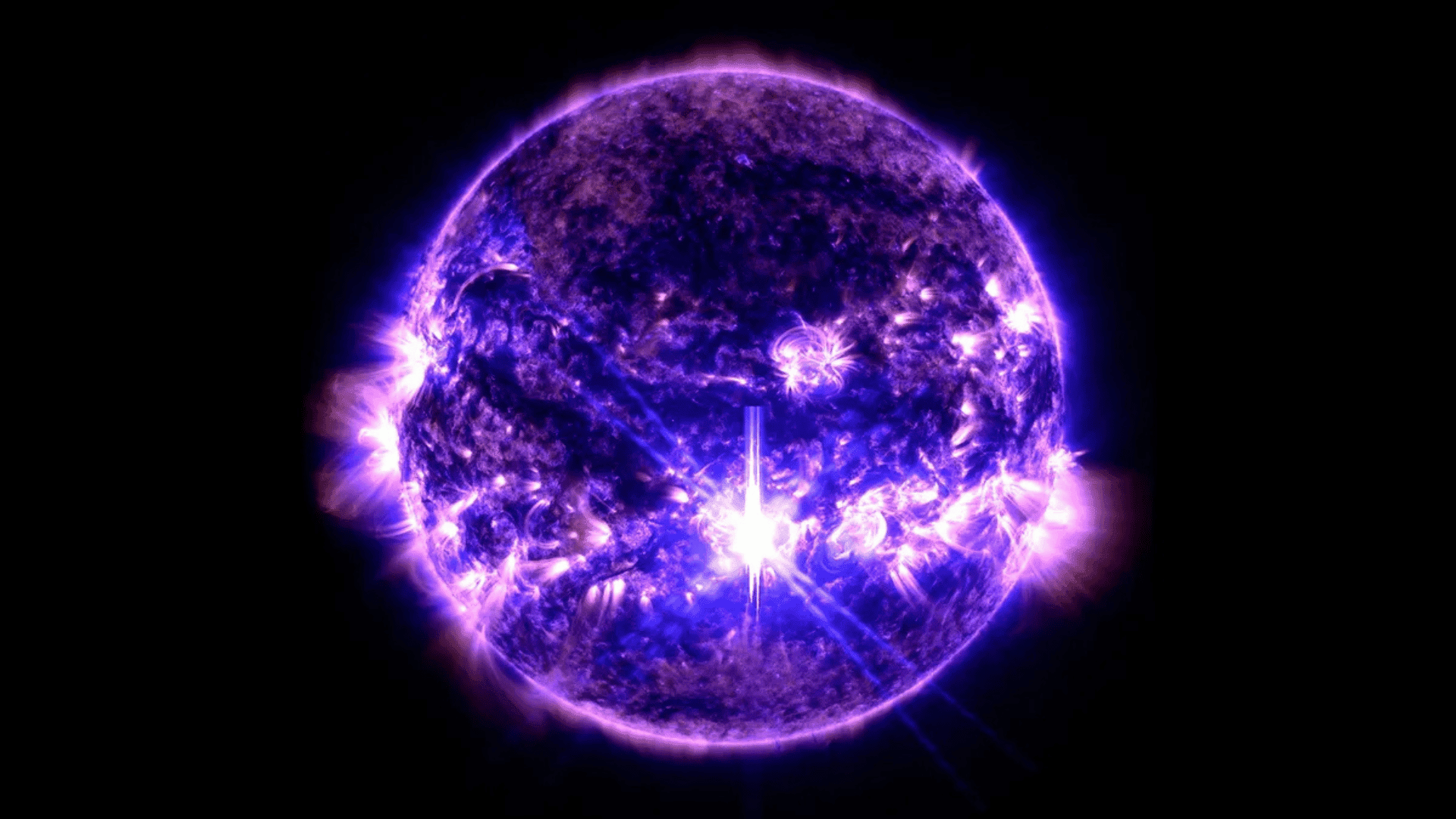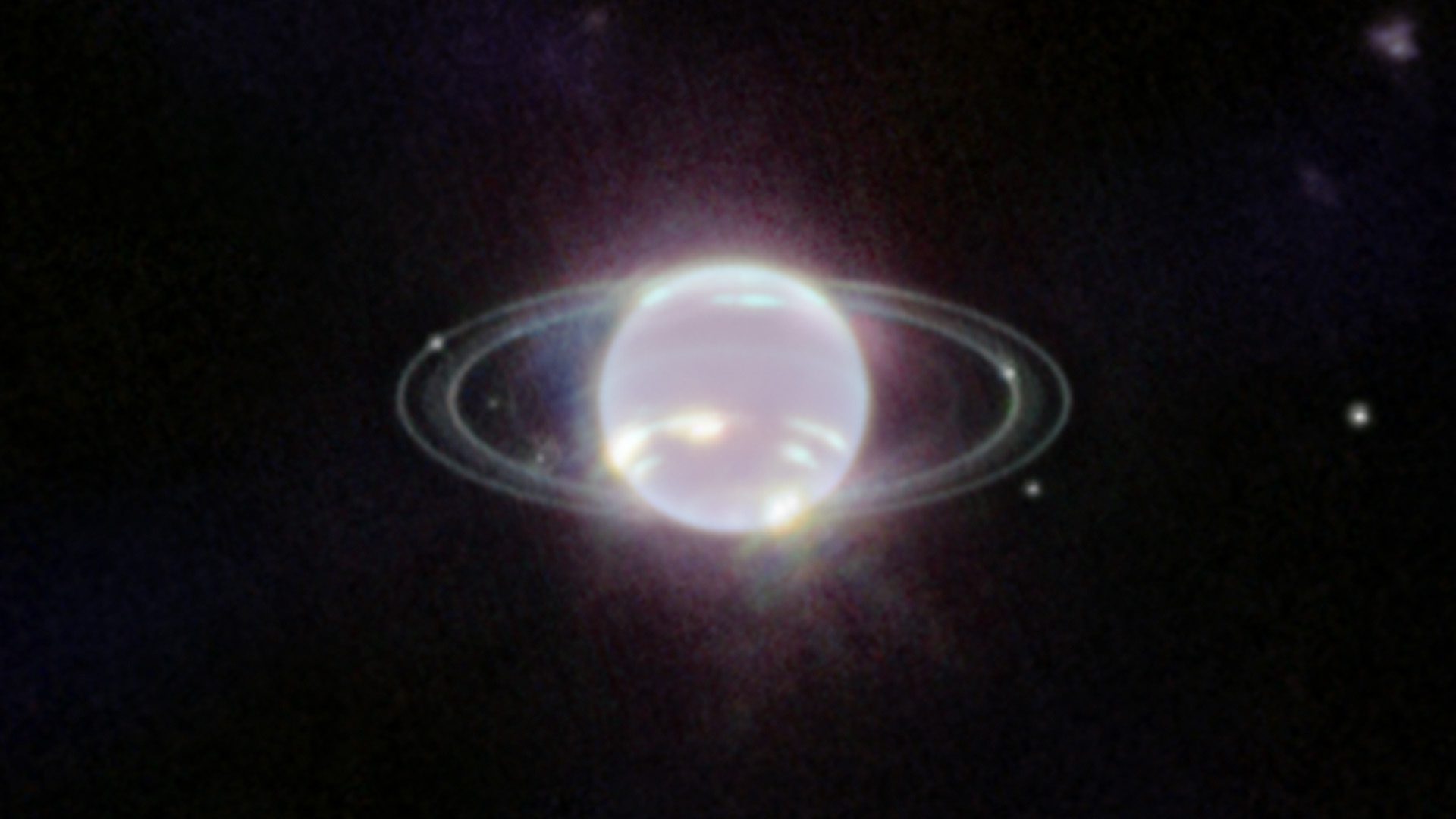NASA, NOAA, and the International Solar Cycle Prediction Panel have confirmed that the Sun has reached its solar maximum. New technology, such as solar probes and advanced telescopes, will allow scientists to study the phenomenon in potentially groundbreaking ways.

Solar maximum is the moment when the Sun reaches peak activity in the solar cycle, typically accompanied by a number of sunspots that release additional radiation, solar flares, coronal mass ejections, and other explosive events.
This is the current maximum of Solar Cycle 25, meaning it’s the 25th solar cycle since 1755, when the recording of sunspot activity began. The current cycle started in December 2019 and will last until 2030.
One organization involved in this mission is the National Science Foundation’s Daniel K. Inouye Solar Telescope in Hawaii. It is the world’s largest solar telescope and has already taken the highest-resolution images of the Sun.
Additionally, NASA’s Parker Solar Probe (the fastest human-made object in space) documents images and footage as it orbits the Sun. The European Space Agency’s Solar Orbitor (the most complex scientific laboratory ever sent to the Sun) captures detailed views never seen before.
NASA’s Parker Solar Probe is the closest object we have ever sent to the Sun, and it will get closer than ever this December, passing just 4.2 million miles from the Sun’s surface.
“Until recently we have been observing the Sun from afar – we couldn’t get as close – and there are some key measurements that we need in particular of this explosive activity of the Sun, like flares and coronal mass ejections. We want to make these measurements as close as possible to the Sun,” Dr Nour Rawafi, project scientist for Parker Solar Probe, told IFLScience. “This has not been possible since the dawn of the space age. It was only when Parker Solar Probe became a reality that we got very close and personal with the Sun.”
While the Parker has no cameras looking directly at the Sun, the Solar Orbiter will deliver images from a further distance via a suite of cameras. The Solar Orbitor will be be positioned so its slanted compared to the orbit of the Earth, which will allow it to study the poles of the Sun for the first time.
“The key uniqueness of Solar Orbiter is two things: First, we get in very close to the Sun, and so we get to study the relationship between the Sun itself and the so-called pristine solar wind. The second thing is that starting from next year, we actually get to look at the magnetic field of the poles of the Sun,” Dr. David Williams, Instrument Operations Scientist for Solar Orbiter, told IFLScience.
Additional images will be captured from the ground using the US National Science Foundation Daniel K. Inouye Solar Telescope. This is the largest telescope by a significant margin and can provide observations of the Sun at the highest resolution possible.
“Although most solar missions will have lifespans extending beyond the solar cycle, the data obtained during this solar maximum will be pivotal in starting to answer these fundamental questions about our local star,” Dr French stated.







